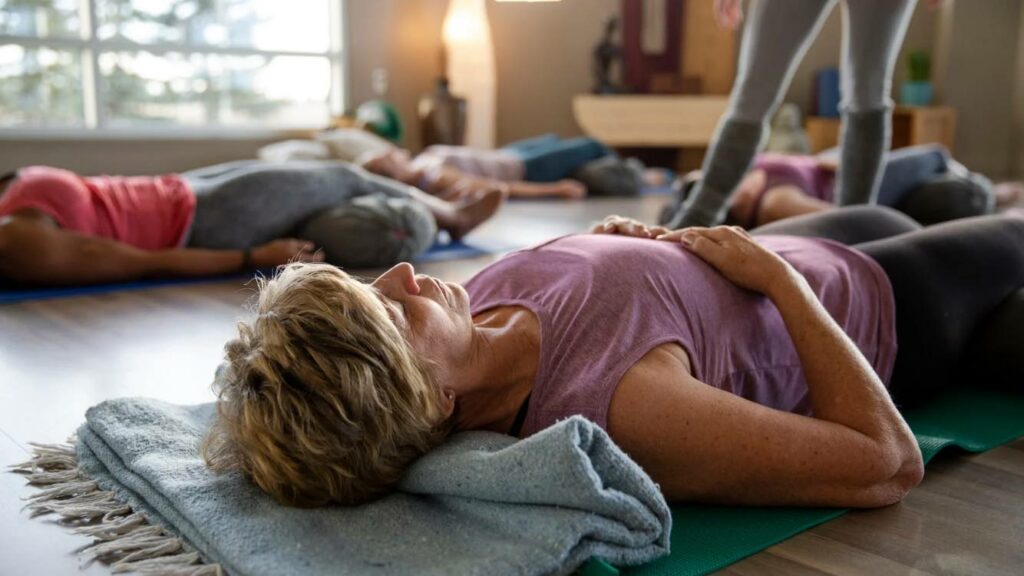
SOFT OR GENTLE YOGA is an accessible and relaxing approach to yoga. It focuses on simple and gentle postures. This type of yoga emphasizes gentle movements and alignment of the body, relieving a tense and sore body. Gentle yoga classes are best suited for beginners or those recovering from an injury.
________________________________________
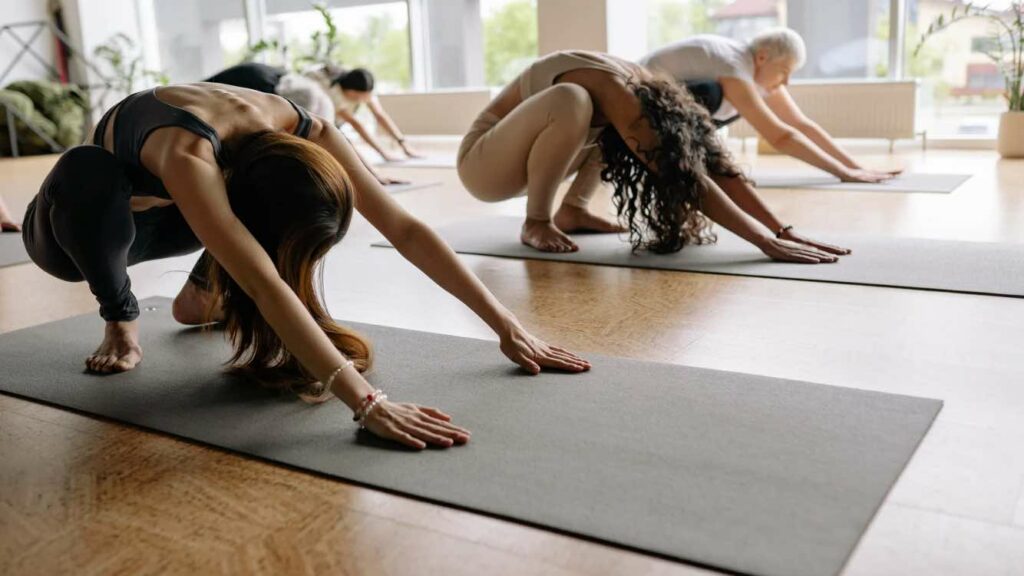
VINYASA YOGA is a dynamic style of yoga that synchronizes movement with breathing. Practitioners move from one posture to another fluidly, creating a continuous “flow.” The term “Vinyasa” means “to place in a specific way”, which reflects the importance of alignment and sequence of postures. Vinyasa classes emphasize fluidity and coordination. This type of yoga is a good way to develop cardiovascular strength and body awareness.
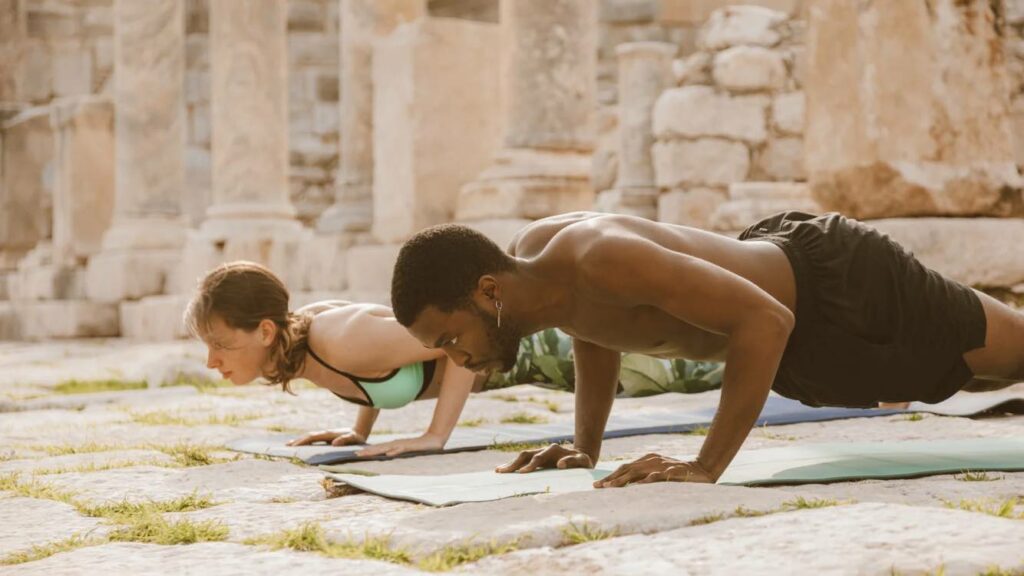
ASTHANGA YOGA is a structured, rigorous style of yoga that follows a series of specific postures, practiced in a specific order. The term “Ashtanga” means “eight limbs” in Sanskrit, referring to the eight aspects of yoga described in the Yoga Sutras of Patanjali. Ashtanga consists of dynamic poses and fluid transitions, usually performed in synchronization with the breath (ujjayi pranayama). This style is known for its physically demanding nature and is practiced in a traditional way, with progressive sets that allow practitioners to develop strength, flexibility and concentration.
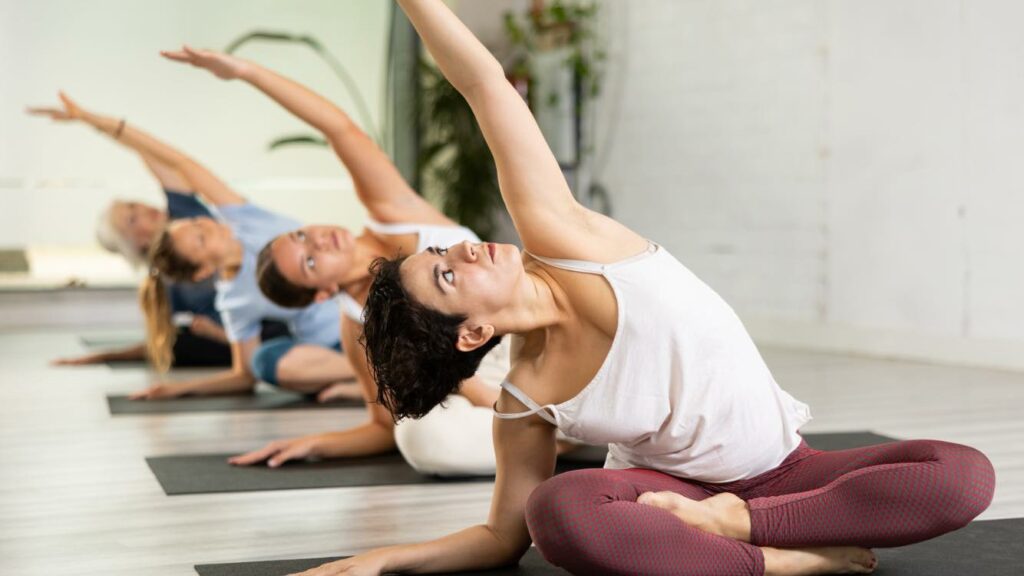
HATHA YOGA is a form of yoga that focuses on uniting the body and mind through physical postures (asanas), breathing techniques (pranayama), and meditation. The term “Hatha” translates to “strength” and implies the use of a physical approach to prepare the body for meditation. Hatha Yoga sessions are generally gentler and slower, allowing practitioners to become familiar with the postures and develop strength, flexibility and balance.

YOGA FOR ALL is an inclusive approach to yoga that aims to make the practice accessible to a wide range of people, regardless of their physical condition, experience level or abilities. This includes adaptations and modifications of postures to meet individual needs. The goal is to promote physical, mental and emotional well-being, allowing everyone to benefit from the benefits of yoga in a welcoming, non-judgmental environment. This approach promotes diversity and encourages personal practice, respecting each person’s rhythm and limits.
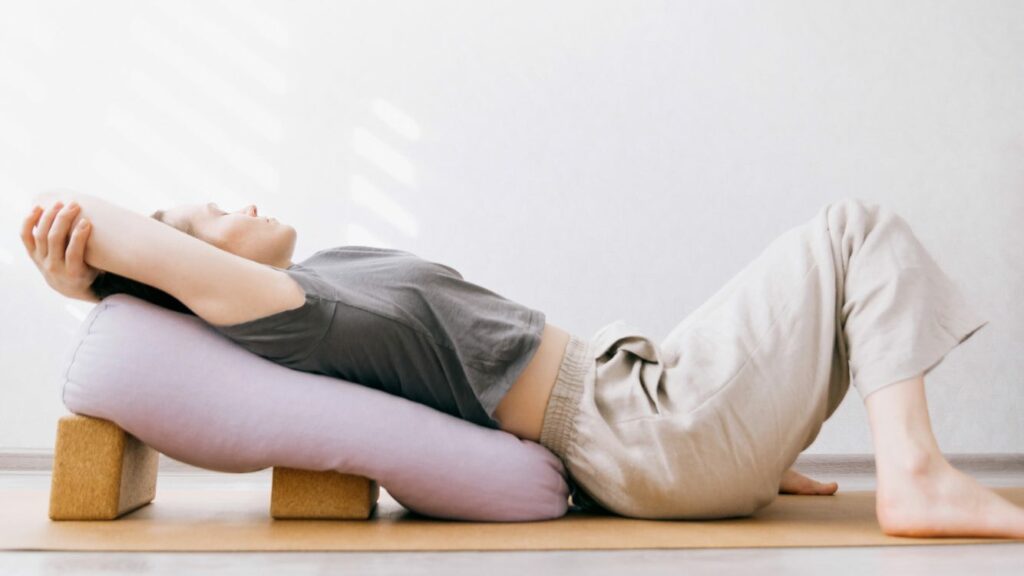
YIN YOGA is a more specific practice that focuses on stretching deep connective tissues, such as ligaments, tendons, and fascia. The postures are generally held for several minutes to allow deep relaxation. Yin yoga is often considered a meditative practice because it encourages patience and being present in the moment. It is beneficial for improving flexibility, circulation and deep relaxation.
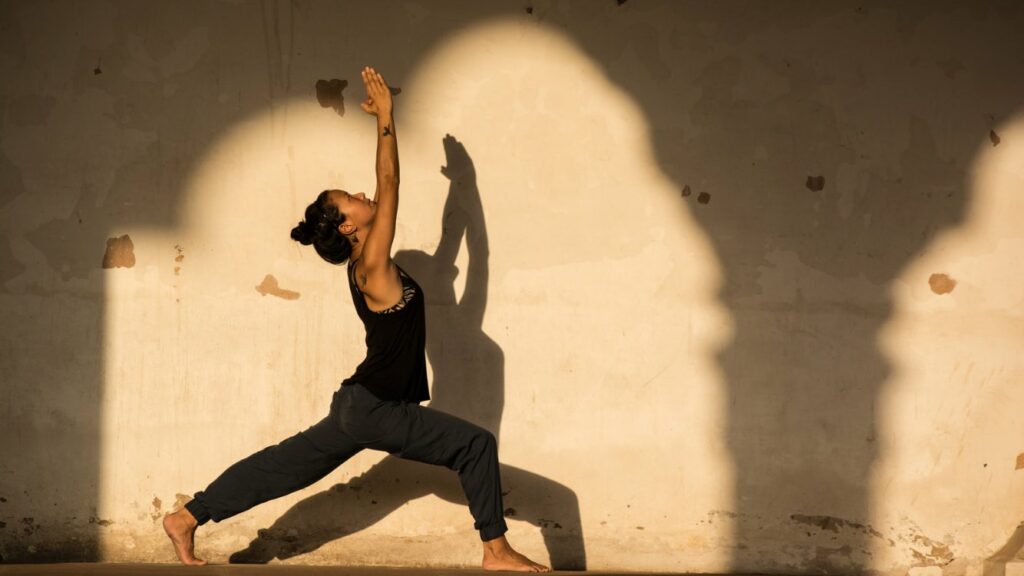
YOGA DANCE is a practice that combines elements of yoga and dance, creating a holistic and dynamic experience. It incorporates yoga postures, fluid movements and breathing techniques synchronized with music. This discipline aims to harmonize the body and mind, to develop flexibility, strength and body awareness, while allowing artistic and emotional expression. Yogadance offers a unique experience full of creativity.
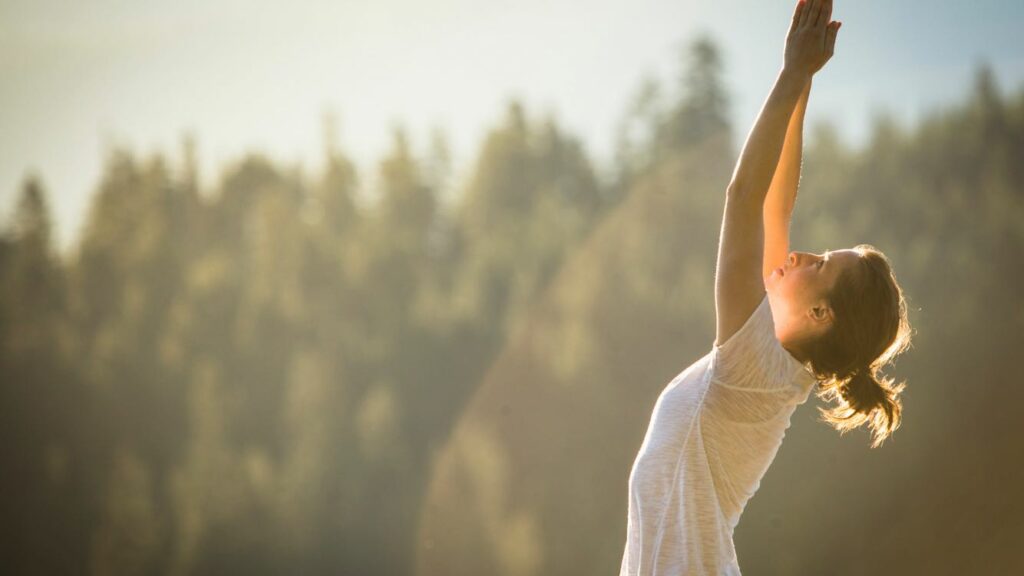
YOGA IN THE FOREST is a practice that combines the benefits of yoga with those of nature. It takes place outdoors, in forest environments, allowing participants to connect with nature while practicing yoga postures. This approach promotes relaxation, stress reduction and better concentration. By breathing in the fresh air and immersing themselves in the sounds and smells of the forest, practitioners can also experience a deep sense of well-being and revitalization. Forest yoga often encourages gentle movement and meditation techniques, making it a holistic experience for the body and mind.

MEDITATION is a mental practice of focusing the mind to achieve a state of calm, clarity and mindfulness. It may involve breathing techniques, visualization or sentence repetition. The objective is, among other things, to reduce stress, improve concentration and promote general well-being.
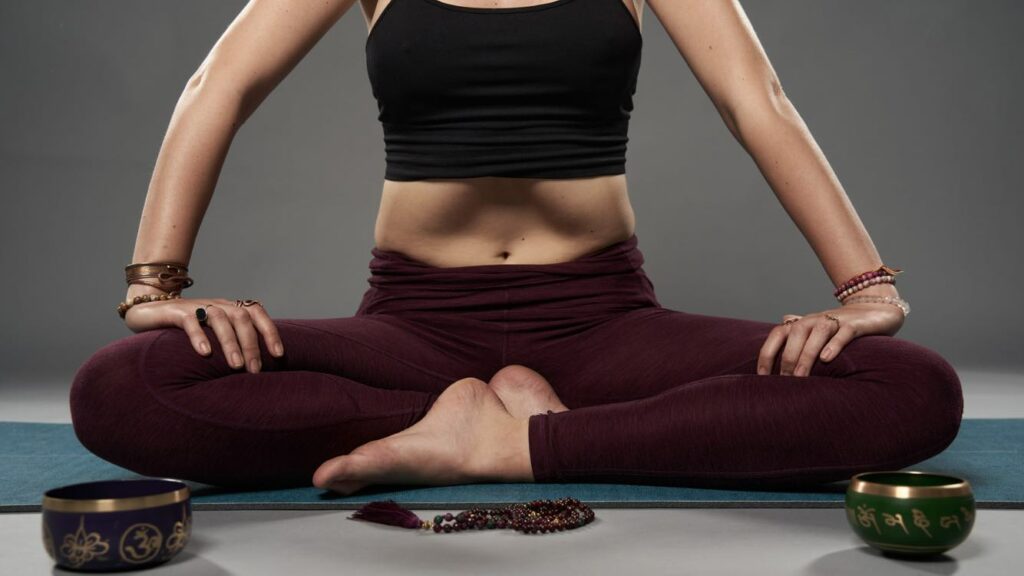
PRANAYAMA is a breathing practice that aims to control and regulate the breath. The term “pranayama” comes from Sanskrit, where “prana” means “vital energy” or “breath”, and “ayama” means “control” or “expansion”. This technique is used to calm the mind, improve concentration and promote physical and mental well-being. It consists of conscious and rhythmic breathing exercises, which have beneficial effects on health and relaxation.
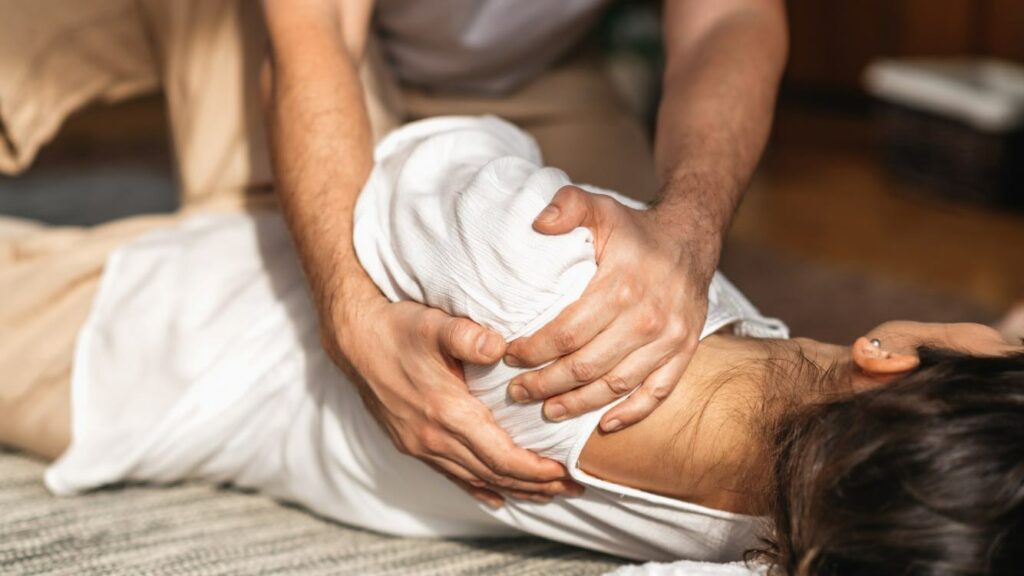
THAI YOGA MASSAGE also known as Nuad Bo-Rarn, is a form of massage that combines elements of yoga, meditation and acupressure. Originating in Thailand, this practice is based on body manipulation techniques that aim to relax muscles, improve blood circulation and promote energy balance.
